Updated January 2025
My most recent international trip was a doozy to pack for. It was mid-December, and my itinerary would take me from my home in California (with its famously mild winters), to New York City (brrrr), to a small Norwegian town in the Arctic Circle where “polar night” would be in full effect and any excursion outside my hostel would require tromping through several feet of snow. After Norway, I planned to spend a few days in Copenhagen, which I was determined to explore largely on foot despite the forecast calling for 48 hours of rain. All told, I’d be taking seven flights over the course of two weeks, so I was also set on bringing just my carry-on backpack to minimize the chances my luggage would get lost in transit.
Unsurprisingly, it turns out bulky winter clothing and carry-on luggage aren’t a natural pair. But I learned there are a few tricks to making it work. Here are a few of my favorites for your next winter trip.
Compression is Key
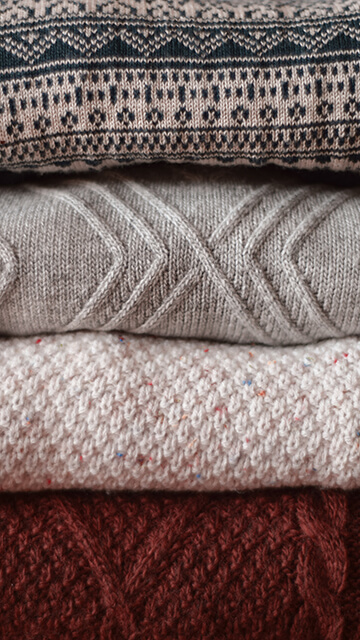
It goes without saying that you’ll save a lot of room in your carry-on if you can wear your bulkiest items of clothing on the plane instead of packing them. That’s not always feasible, though: maybe you’re departing from a warm climate, or perhaps you’re just going to be more comfortable during your flight if you aren’t dealing with a bunch of extra layers. Plastic compression bags work wonders for this. Seal your puffy coats and chunky sweaters into a compression bag or two, roll them up to squeeze all the air out of the bag’s one-way valve, and you’ll end up with a pancaked garment that will slide easily into your carry-on. Compression bags are reusable and last forever, so you can use them on winter trips for years to come.
Think Layers
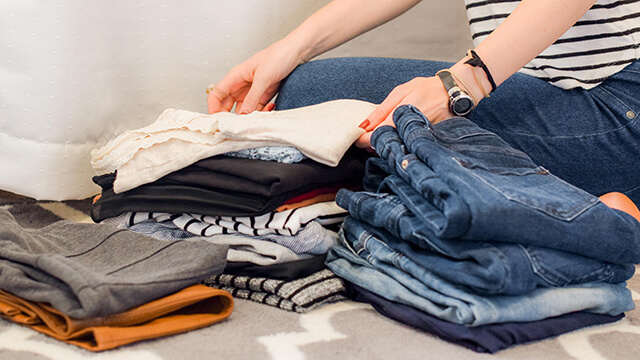
You’ve heard it a hundred times, but that’s because it’s great advice: pack warm base layers. Think thermal, wool, and synthetic materials engineered to keep you toasty. Long-sleeved base layers take up much less room in your luggage than extra sweaters and hoodies, and leggings can layer under jeans to keep the chill away. Plus, they’ll wash and dry more quickly than bulkier items.
Wear, Wash, Repeat
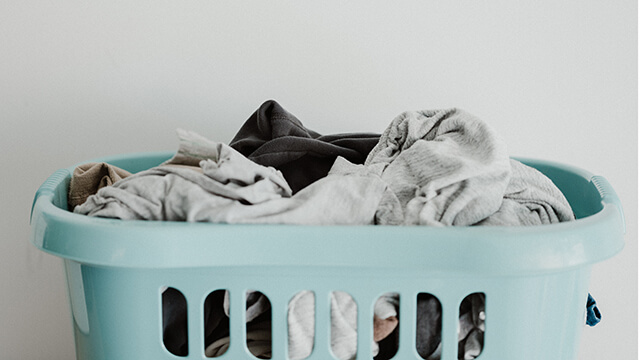
It’s hard to overstate the importance of warm socks and base layers when you’re going some place really cold, but even those smaller items start eating up space in your pack if you’re traveling for more than a few days. Instead of trying to cram 10 pairs of wool socks into an overhead-compliant bag, consider bringing five pairs and doing a load of laundry halfway through your trip. The easiest way to do it is to choose accommodations with guest laundry facilities, like a hostel or a home rental. Before you leave home, fill a travel-sized shampoo bottle with liquid detergent and throw it in with your toiletries, or pick up a packet of pocket-sized travel detergent sheets.
Roll it Up
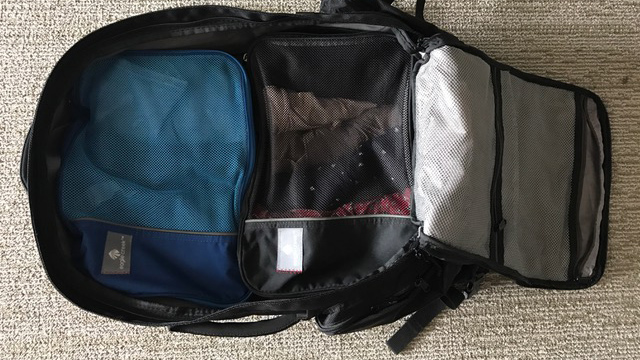
Keep your clothes compact (and free of wrinkles) by rolling them instead of folding. For a cheap upgrade that will change your packing game forever, invest in a set of packing cubes: they’ll keep your clothing bundles rolled up tight and maximize the space inside your carry-on. Use packing cubes for one trip and you’ll wonder how you ever traveled carry-on without them (there’s a reason they’re one of my all-time favorite gifts for travelers).
Keep Your Bunk Cozy
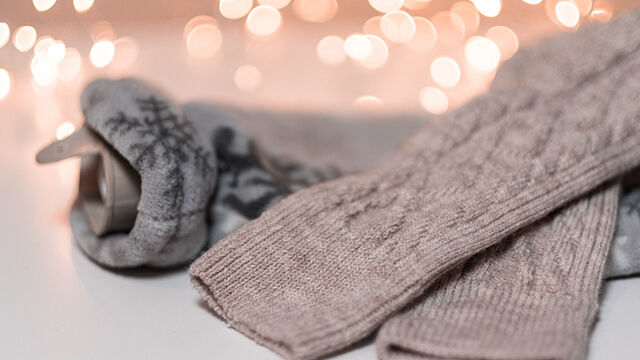
My favorite hack for keeping warm without bulky layers is decidedly low-tech: hot water bottles. They pack flat and weigh next to nothing when empty, and even come in smaller sizes that are technically made for kids but are perfect for stashing in your carry-on. Fill up your bottle from an electric kettle in the hostel kitchen, or the hottest water you can get out of your bathroom faucet, and pop it under the covers before you get in bed. It’ll take your bedtime cozy to a new level and won’t take up as much space in your bag as a full set of fuzzy pajamas.
Strategize Shoes
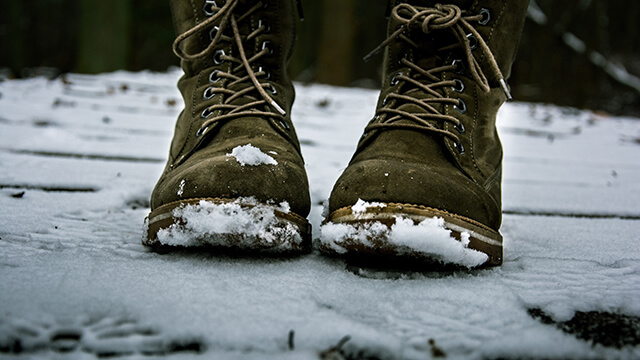
Think long and hard about your shoe choices. Other than coats, shoes will take up the most space in your luggage, so tossing in an extra pair “just in case” doesn’t make a ton of sense. Think about what kind of trip you’re planning to take: will you mostly be wandering the snowy streets of a new city, with the occasional evening at a show or a nice restaurant? If so, think comfortable and water-resistant first, then narrow your options down from there. Warm socks will also help make up the difference – you may not need that pair of insulated, puffy snow boots if you’re layering wool under a lighter-weight, water-resistant shoe.

